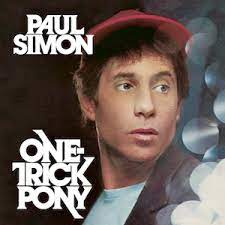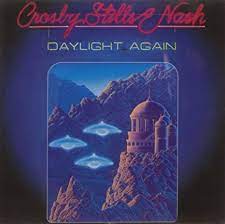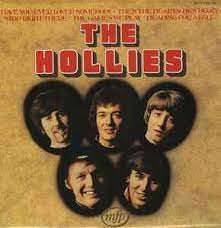Pricing: $3.25ea OR any 10 for $10
(use code "Any10410" at checkout)
Paid Requests for $25ea
(comes with any 8 freebies -> so 9 for $25)
100's Of Free Demos & Chord Sheets
Hits Songs Of The 60s
On The Acoustic
Welcome to my hit songs of the 60s page where you'll find a collection of several lesson tutorials for the songs from the 60s. Help yourself to the free chord sheets in .pdf format and some rhythm tips on playing each song.

Jump links to quickly access to hit songs sections.
Hit Songs Of The 60s
Chords, Lyrics, Rhythm Tips, Tutorials
1. Catch The Wind
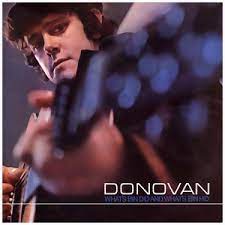
Catch The Wind is a song written and recorded by Scottish singer-songwriter Donovan in 1965. It was Donovan's first single and became a hit in the United Kingdom, reaching number four on the UK Singles Chart.
The song is a simple acoustic ballad featuring Donovan's finger-picking guitar style and his distinctive vocal delivery. The lyrics express the singer's longing to be with a lost love, and the desire to catch the wind and bring her back to him.
The song's gentle melody and poetic lyrics made it an instant classic and it has since been covered by many artists. It is considered one of Donovan's signature songs and is often included in his live performances.
"Catch the Wind" helped launch Donovan's career as a successful singer-songwriter and it remains a beloved song to this day.
This song can be found on the "What's Bin Did and What's Bin Hid".
- Drop D Tuning = No
- Capo = 3rd fret
- Rhythm = root up down up down up .. with a bit of the riff blended in
- Picking = Yes
- Chords = C, F, G, Em, D7
Jump To Top
2. Mellow Yellow
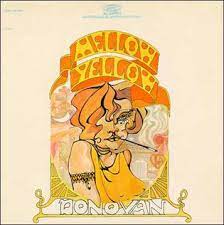
Mellow Yellow was released by Donovan in 1966 as a single and later included on his album "Mellow Yellow". The song became a hit in both the United States and the United Kingdom, reaching number two on the US Billboard Hot 100 chart and number eight on the UK Singles Chart.
The song's lyrics have been subject to much speculation and interpretation over the years. Some people believe that the song is about smoking dried banana skins to get high (a practice that was rumored to have been popular in the 1960s), while others think that it's about a vibrator or a type of LSD.
However, Donovan has stated in interviews that the song is simply about the joy and beauty of the color yellow, and that the "electrical banana" mentioned in the lyrics is a reference to a yellow-colored guitar amplifier. Regardless of its true meaning, "Mellow Yellow" remains a beloved song from the 1960s and is often associated with the psychedelic music scene of the era.
Rumour had it that Paul McCartney was the one whispering "Mellow Yellow" but this turned out not to be true. The whispering was done by Donovan himself.
- Drop D Tuning = No
- Capo = No
- Rhythm = down down down down up and repeat with a few down strokes and some shuffle strumming
- Picking = Yes
- Chords = A, D, G, Ab, D7
Jump To Top
3. She's Not There - The Zombies
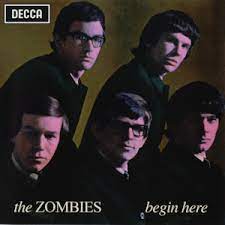
In 1964, The Zombies, a British rock band, released their very first single, "She's Not There." It's a song that would become very famous.
You can find this song on their first album called "Begin Here." The song was written by their keyboard player, Rod Argent.
"She's Not There" did really well on the music charts. In the United States, it climbed all the way to the second position on the Billboard Hot 100, which is quite high!
In the United Kingdom, it reached the 12th spot on the UK Singles Chart. This means a lot of people were listening to this song and liked it very much.
- Drop D Tuning: No
- Capo: No
- Rhythm: down down up down up down up and repeat
- Picking: No
- Chords: Am7, A, Am, D, Dm, E7, C
Jump To Top
4. Sunny Goodge Street
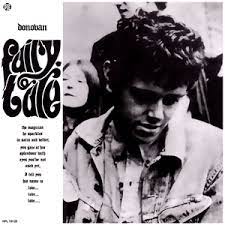
Sunny Goodge Street hails from Donovan's 1965 album "Fairytale". The song is named after a street in the Soho district of London, known for its bohemian and counterculture scene during the 1960s.
The lyrics describe a variety of characters who frequent the street, including artists, poets, and musicians, and convey a sense of the carefree and unconventional lifestyle of the time. The song features Donovan's signature finger-picking guitar style and poetic lyrics, and is often cited as an early example of the psychedelic folk genre.
While "Sunny Goodge Street" was not released as a single, it remains a popular and influential song from the 1960s, and has been covered by several artists over the years. The song is often seen as a tribute to the bohemian lifestyle of the time, and a reflection of the social and cultural changes that were taking place during the 1960s.
This song mentioned the use of hash, and because of that, Donovan was the first of many artists to get busted in London in 1966. Others being The Beatles and The Rolling Stones.
Guitarist Shawn Phillips played on this album with Donovan. Judy Collins and Vince Guaraldi both covered this song in the late 1960's.
- Drop D Tuning = No
- Capo = 2nd fret
- Rhythm = arpeggio
- Picking = No
- Chords = C, G6, Am, Am/G, Am/Gb, Am/F, D/Gb, ?
Jump To Top
5. Sunshine Superman
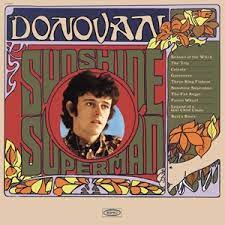
Sunshine Superman was released in 1966 as a single and later included on his album of the same name. The song is considered one of Donovan's signature songs and is often cited as an early example of psychedelic rock.
The song features a prominent bass-line and electric guitar riff, and incorporates elements of jazz, folk, and Indian classical music. The lyrics describe a superhero-like figure who can fly and perform miraculous feats, and the joy that he brings to those around him.
The song was a commercial success, reaching number one on the US Billboard Hot 100 chart and number two on the UK Singles Chart. Rockers from Led Zeppelin Jimmy Page and John Paul Jones played on this track.
- Drop D Tuning = No
- Capo = 1st fret
- Rhythm = just use an down up down up pattern blended with the riff .. in a few spots you can play all down strokes
- Picking = Yes
- Chords = C, C7, F, G
Jump To Top
6. Tell Her No - The Zombies

Tell Her No is a song that was released in the same era, during the 1960s, when The Zombies making a name for themselves in the music world. "Tell Her No" was one of their most well-known songs.
Just like "She's Not There," "Tell Her No" also did really well on the music charts. In the United States, it reached the 6th position on the Billboard Hot 100, which is a great achievement for a band. It was a catchy tune that a lot of people enjoyed listening to.
This song was written by Rod Argent, the same member who wrote "She's Not There." He was the band's keyboard player and a talented songwriter.
"Tell Her No" left a lasting legacy. It's considered one of the classics from the 1960s. Over the years, different artists and bands have covered this song because it's such a great tune.
- Drop D Tuning: No
- Capo: No
- Rhythm: down down up up down up - down down up up down up and repeat .. a few chops
- Picking: No
- Chords: Em7/A, Dmaj7, E7, A6, Bm, D, Em, G6
Jump To Top
7. Time Of The Season - The Zombies

Time Of The Season also had a lot of success on the music charts. In the United States, it became a massive hit, reaching the 3rd position on the Billboard Hot 100. This showed how much people loved this song and the band's music.
The track was written by Rod Argent, the talented keyboard player of The Zombies. He was not only good at playing the keyboard but also at creating wonderful songs
"Time of the Season" is not just a song from the past; it's a timeless piece of music that has left a lasting mark on the world of rock and pop.
- Drop D Tuning: No
- Capo: No
- Rhythm: down down up down down up down up will work - this one has a riff with a quick shuffle
- Picking: Yes
- Chords: Em, C, G, G6, Am7
Jump To Top
Thank you for dropping by my hit songs of the 60s page and I hope the info found here was useful in helping you learn songs by these 60s artists on guitar.
If you liked those hit songs of the 60s, you might like there ... (click images)
Singer Donovan Interview
Popular Songs From The 60s
